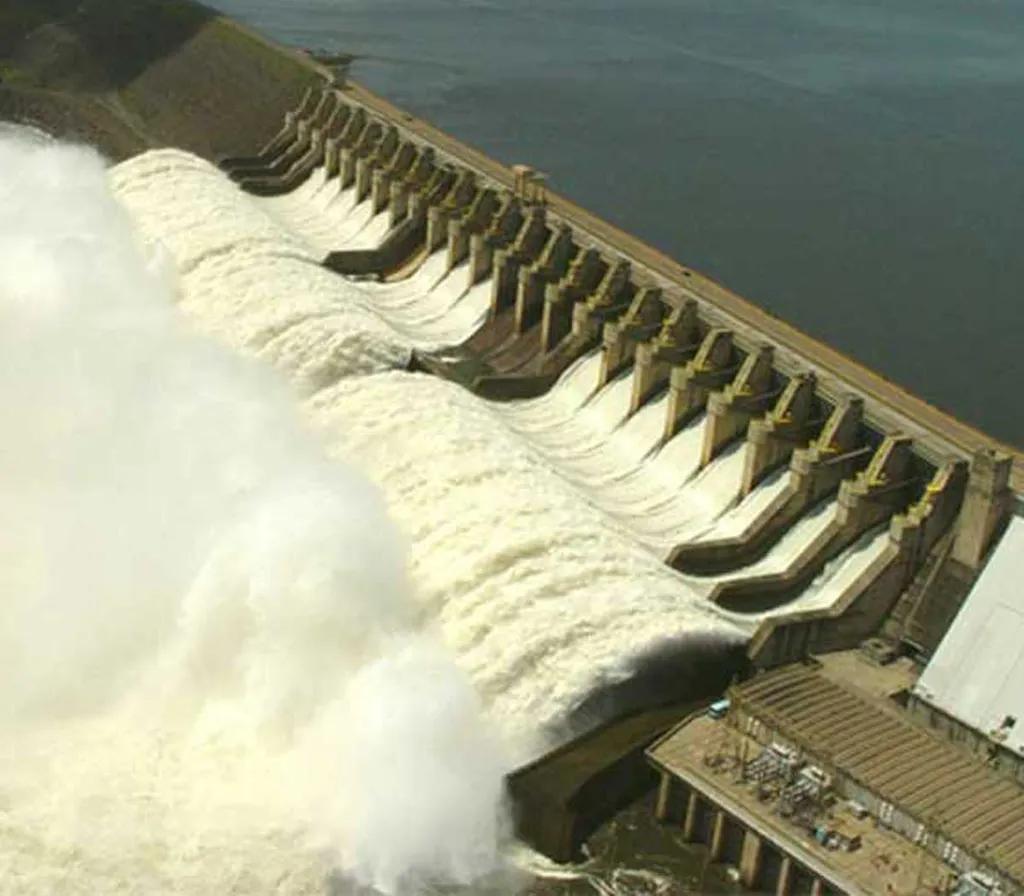In the heart of the Amazon, where the mighty Madeira River winds through lush landscapes, a new study is shedding light on the unseen consequences of hydropower development. The Madeira Hydroelectric Complex, once hailed as a beacon of sustainable energy, is now under scrutiny for its downstream impacts on traditional livelihoods and ecosystems. The research, led by Guilherme S. Lobo from the Graduate Program in Environment and Society at the Institute of Philosophy and Human Sciences (IFCH) at UNICAMP, Brazil, and published in the journal ‘Ecology and Society’ (which translates to ‘Ecology and Society’ in English), reveals a complex interplay between energy production and the delicate balance of riverine communities.
The Madeira Hydroelectric Complex, operational since 2015, has introduced sub-daily flow oscillations, a phenomenon known as hydropeaking, into the Madeira River. This alteration in the river’s natural flood pulse is disrupting the traditional practices of ribeirinho communities—rural riverine dwellers who have long adapted their livelihoods to the seasonal flood dynamics of the whitewater floodplains, or várzea.
“These communities have developed intricate knowledge and practices to utilize both low- and high-gradient várzea floodplains,” explains Lobo. “But the introduction of hydropeaking is causing a shift in their agricultural practices, particularly in flood recession agriculture in low-várzea areas.”
The study, which involved semi-structured interviews with local experts from four downstream ribeirinho communities, along with hydrological and soil analyses, paints a vivid picture of the changes unfolding. Soil analysis corroborates the concerns of local experts, showing reduced phosphorus content following dam operations, which is a critical nutrient for agriculture.
“Our findings reveal a significant decline in soil fertility, which is directly impacting the agricultural productivity of these communities,” Lobo notes. “This is not just an environmental issue; it’s a socio-economic one that affects the livelihoods of entire communities.”
Adding to the challenges, the extreme flood of 2014 and the expanding illegal gold mining activities have further diminished engagement in extractivist activities, such as fishing and gathering, which are vital to the local economy.
The research underscores the need for a more holistic approach to sustainable development in the Amazon. Lobo and his team recommend establishing an independent monitoring group composed of ribeirinho communities and local scientists to assess downstream impacts on the várzea social-ecological system. Additionally, targeted compensation and mitigation projects should be implemented to promote the sustainable use of várzea resources.
For the energy sector, this research serves as a cautionary tale. While hydropower is often touted as a clean and renewable energy source, its downstream impacts can be far-reaching and complex. The study highlights the importance of considering the socio-economic and ecological implications of large-scale infrastructure projects, especially in sensitive ecosystems like the Amazon.
As the world continues to grapple with the challenges of climate change and the need for sustainable energy solutions, this research offers valuable insights into the delicate balance between development and conservation. It calls for a more inclusive and equitable approach to energy production, one that takes into account the needs and knowledge of local communities.
In the words of Lobo, “A truly sustainable future for the Madeira River depends on revitalizing várzea-based value chains while preserving both ecological integrity and social resilience.” This research not only shapes future developments in the field but also serves as a reminder of the interconnectedness of our world and the importance of considering all stakeholders in the pursuit of sustainable development.

